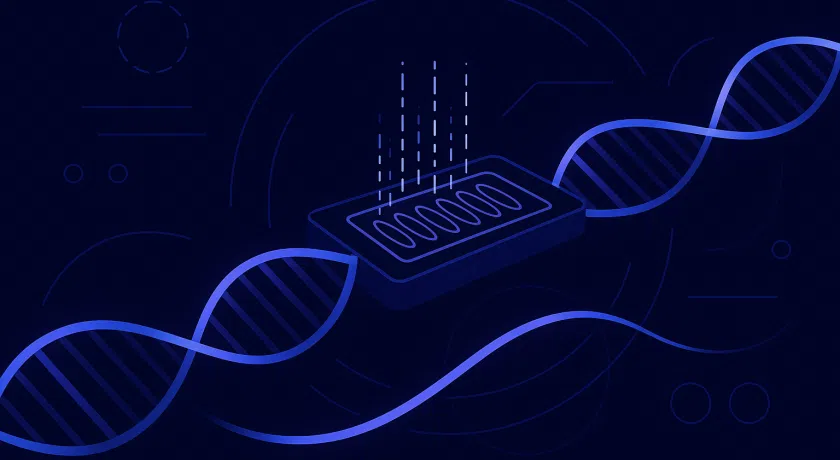
As we explained before in our blog, “what is single-cell sequencing”, single-cell sequencing allows you to obtain high-resolution data of your sample(s).
But how can you use single-cell sequencing to improve your research?
Single-cell sequencing improves your understanding of complex biological systems
Complex biological systems, such as tumors, organs, the central nervous system, and the immune system, are composed of many different cell (sub-)types.
Single-cell sequencing allows you to dissect these different cell types and gain a deeper understanding of these complex systems. It provides insight in heterogeneity of your sample, and allows for identification of rare cell types, such as stem cells. Here, we highlight two examples of how single-cell sequencing significantly improves research results compared to bulk sequencing.
Disease model verification
If you work with a disease model, such as an organoid, it is crucial to validate if your model correctly represents the disease you study. Single-cell sequencing allows you to directly compare the cell types in the organoid with the cell types in the original organ. This allows you to confirm that the model system, the organoid, is a representative of the original organ.
Patient treatment response
When analyzing patient response to treatment, single-cell sequencing allows you to study changes in gene expression in specific cells of interest. You can compare samples from treated and untreated patients. Or, analyze samples from the same patient at different time intervals to assess the effects the treatment has over time. Also, you might find cells that are not responsive to treatment or that have become resistant over time.
These are two examples of how you can apply single-cell sequencing in complex biological systems to improve your research. With conventional bulk RNA sequencing, you would not be able to do this.
If you are interested in reading more about single-cell applications and research areas, visit our blogs “Single-cell sequencing: research areas” and “Single-cell sequencing: common applications”.
Single-cell sequencing allows you to re-evaluate hypotheses
Single-cell sequencing results in high-resolution data. It is therefore an opportunity to look back at previous research and re-evaluate studies at single-cell level. Single-cell sequencing could reveal those details about cells and cell types that might explain results that have left you in the dark in the past.
Single-cell sequencing allows for the creation of cell atlases
With the development of more advanced single-cell sequencing methods, we can finally identify and understand cells and states to their full extent.
Now, researchers can build so-called cell atlases of tissues, organisms, or diseases. The most prominent project is the Human Cell Atlas. This is an initiative to describe all human cells as a basis for understanding human health and diagnosing, monitoring, and treating disease.
Since the start of the Human Cell Atlas, more and more initiatives have been launched to create specific cell atlases.
It is the start of many new projects
As you probably understand by now, single-cell sequencing generates a lot of data. This means that you shouldn’t view single-cell sequencing as just an addition to your existing projects. It is also a source of many new hypotheses and research questions.
Therefore, single-cell sequencing is often the start of many new projects.
If you are in need of a full overview of single-cell sequencing, you can read our ultimate guide here.
Interested in a clients’ experience? Read more in our case study.
Considering applying for a grant? Read more about our recommendations.


